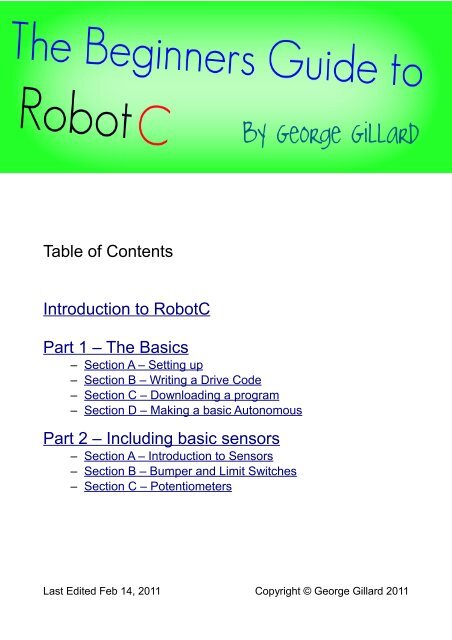


Such a situation can lead to the receiver’s steering motor going forward and back endlessly, because it has too much inertia to stop exactly at the desired angle.įinally the additional motor, connected to receiver brick’s C port is controlled by pressing and holding one of the two touch sensors. Note that the margin of 10 degrees is defined in the receiver’s configuration to avoid problems with motors’ inertia which are inevitable when the accuracy of synchronization is too high. The steering wheel’s movement is also mechanically limited for simplicity. The steering motor, connected to receiver brick’s B port, is controlled proportionally, meaning that it’s synchronized with the steering wheel and it maintains the same angle. Also note that the volume of the receiver brick can be changed remotely by using arrow buttons on the remote. Note that this is part of the program’s configuration, which is included entirely in the receiver part. There is an option to make the receiver brick beep while on reverse, just like some trucks beep. Note that the movement of the knob is limited mechanically, thanks to which the programs are simpler. The drive motor, connected to receiver brick’s A port, can be controlled with a speed control feature by rotating the knob on the remote’s left motor.
#ROBOTC DOCUMENTATION BLUETOOTH#
Note that for the bricks to create a Bluetooth link, they need to be first linked manually so that they keep each other in their Bluetooth contact list. In order to work, it requires two-part program: one part is run on the sender brick, and another on the receiver brick. Step-by-step instruction for building it can be found below. The actual remote is fairly simple, using two NXT motors and two touch sensors. The remote was intended for typical wheeled vehicle, hence the drive control with a speed control feature and a proportional steering. I wanted to take advantage of this feature by creating a very simple, basic remote allowing to control motors connected to a brick inside a MOC with another brick.

One of the most interesting features of the NXT brick is that it can create a two-way Bluetooth link with another brick, which is in every way superior to IR link. Features a Bluetooth remote that controls motors connected to another brick with a speed control and a proportional steering. As the methods can be accessed through the Robot object directly, you don't need to call the constructor.My second LEGO Mindstorms NXT MOC. RobotControl Class RobotControl Description You can find examples for this library in the Examples from Libraries page. Use it to make your own custom version of the Motor Board firmware RobotControl: commands the Control Board as well as the I/Os and motors on the Motor Board, when running the default firmware.There are two main classes that command the robot: The library exposes the sensors on both boards through a single object. However, it is recommended that novice programmers begin with programming the control board, leaving the motor board for later. It is possible to program both the Control and the Motor boards. Their functionality has been replicated inside the robot's library to optimize the code's size. It also relies on a number of Arduino libraries like TFT, SPI, and Wire. It relies on a number of 3rd party libraries including Fat16, EasyTransfer, Squawk, and IRRemote. This library enables easy access to the functionality of the Arduino Robot. read the state of the 5 floor sensors (also known as line detection sensors)įor more information about the Robot, visit the getting started guide and the hardware page.The library also enables you to do a number of things with the motor board : The library allows you to interface with the various sensors and peripherals on the control board : Each board has a separate programmable processor. The robot has two boards, a motor board and control board. The library is designed to easily access the robot's functionality. The Robot has a number of built in sensors and actuators. The Robot library is included with Arduino IDE 1.0.5 and later. Furthermore, the Robot Library now exists as three separate libraries: Robot_Control, Robot_Motor and RobotIRremote. It can be still be downloaded and used, but is read-only and cannot be contributed to. This library is archived and is no longer being maintained.


 0 kommentar(er)
0 kommentar(er)
